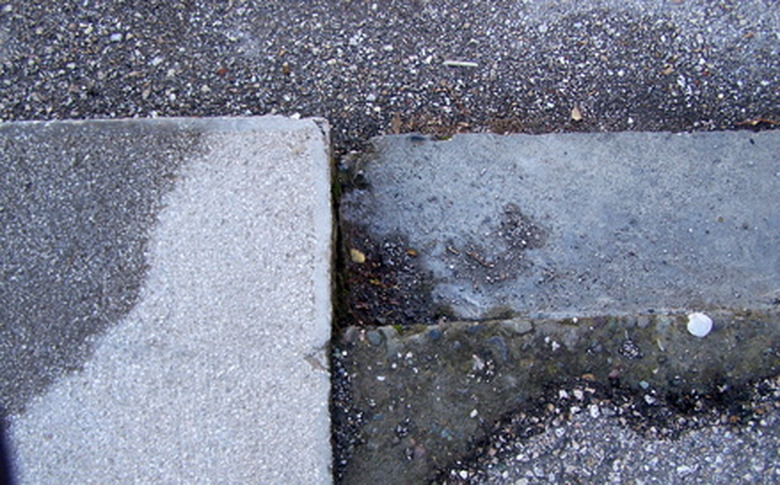Information On Sanding Concrete
If concrete in or around your home has become cracked, chipped, or otherwise damaged, sanding is the first step in repairing it. In addition, you may be able to remove certain types of stains from concrete by sanding them out. However, before you go lunging at your concrete helter-skelter with the sandpaper, there are a few things you should know about the proper way to sand concrete.
Type of Damage
Before your attempt to sand cracks or holes in your concrete foundation, porch, or other structure in preparation for repair, having them examined by a professional inspector. This damage may reveal more serious problems that are compromising the integrity of your home, and patching them will not maintain the strength of the concrete.
Sanding or Grinding?
If your concrete surface is an item like a countertop or a mantel, then sanding is the correct choice. However, if you attempt to level and smooth a large, slab area such as a floor or patio, grinding may be a better option. A grinder can create a uniform texture and height across a much larger surface than a sander.
Safety
When sanding masonry such as concrete, protect your eyes and lungs just as you would if you were sanding wood. Wear protective plastic glasses and cover your mouth and nose with a disposable paper mask or a respirator, if you already own one.
Many people are under the mistaken impression that sanders pose little danger. Electric sanders, especially when they are working at high speeds, can be just as dangerous to your hands and fingers as saws. Never remove any of the safety shield mechanisms from your sander, and always keep it in the case when it is not in use. Protect your hands by wearing thick work gloves and keep your fingers away from the moving areas of the sander while you work.
Work Downward
An orbital sander is the correct equipment to use when sanding concrete. You will want to have several different grit sizes of orbital sanding discs on hand. 220-grit, 300-grit, and 400-grit or 420-grit discs are ideal. When sanding concrete, begin with the coarsest sanding disc, which is the lower number, and work in succession to the finer-grit discs. If a single sanding with a 220-grit disc will suffice, then stop there. However, if the surface of your concrete requires more refining, you can continue with as many discs as are necessary. To remove only a small rough patch or uneven area, you can use 1000-grit automobile black sandpaper, which is very fine and will not remove much of the concrete.
Protect the Finished Product
Once you have finished sanding your concrete surface, you should protect your hard work. Masonry sealant or concrete sealant will protect the concrete from future damage, saving you from repeating the sanding process needlessly. Apply two coats initially, then reseal the concrete once a year.
